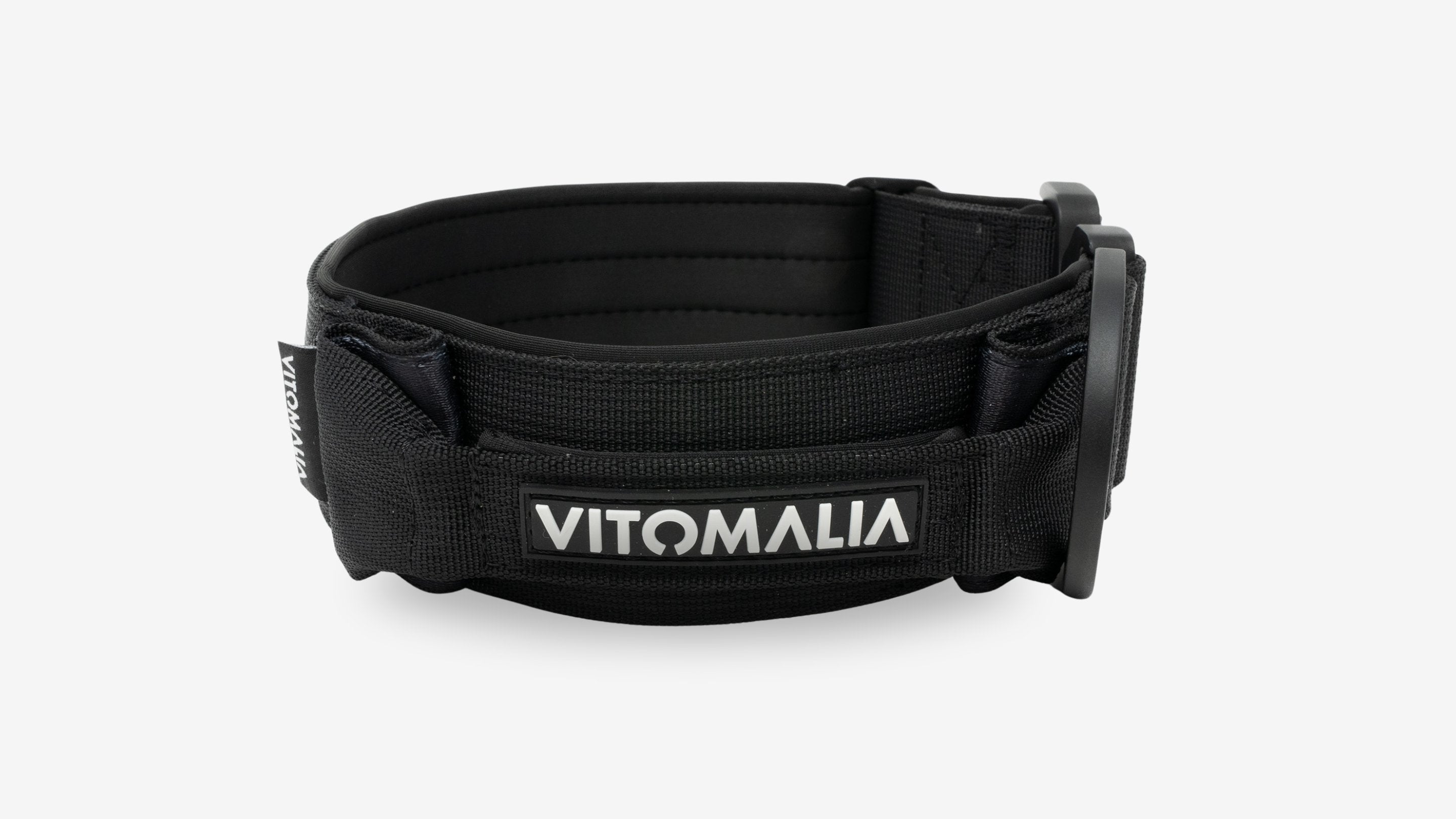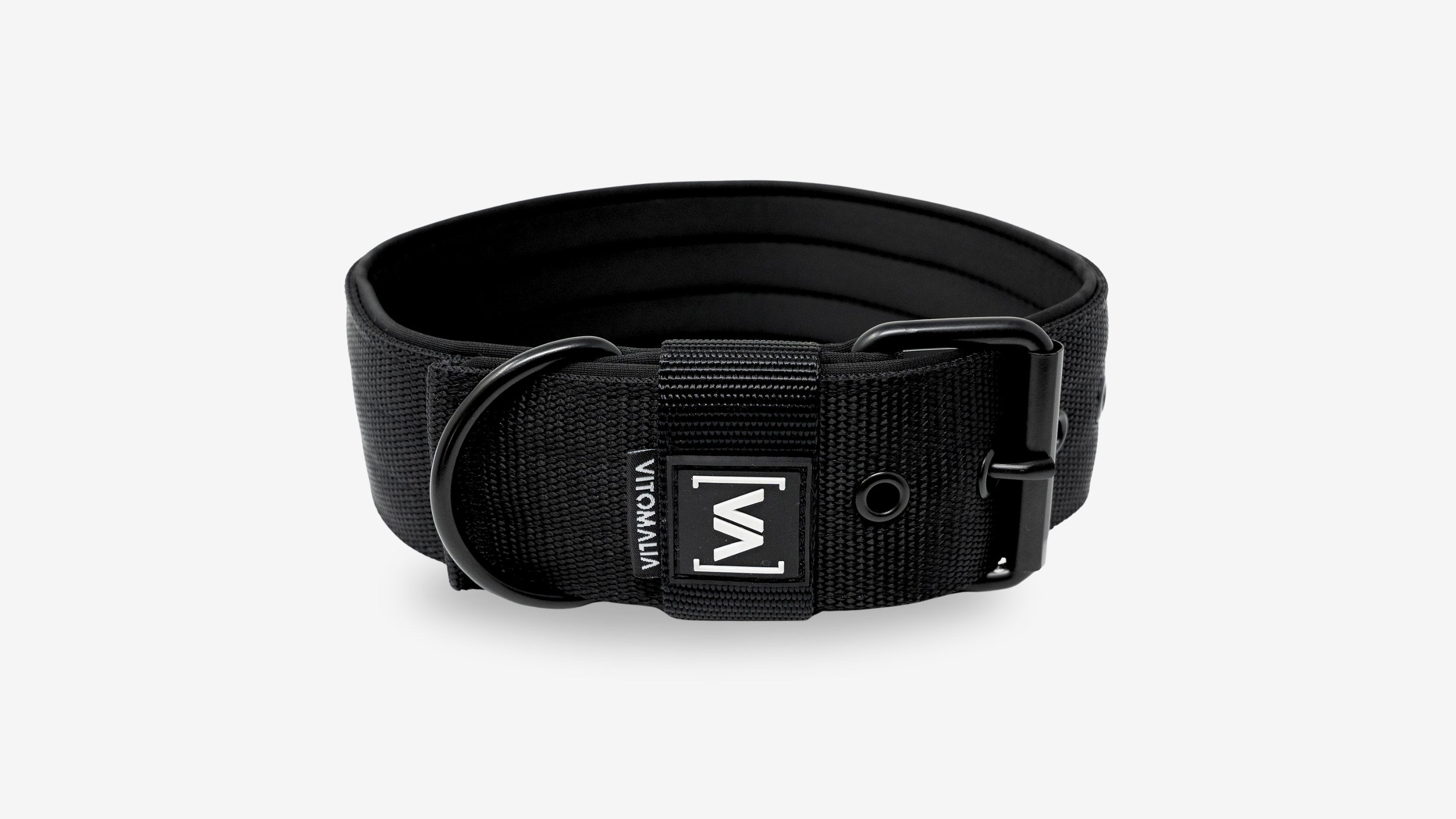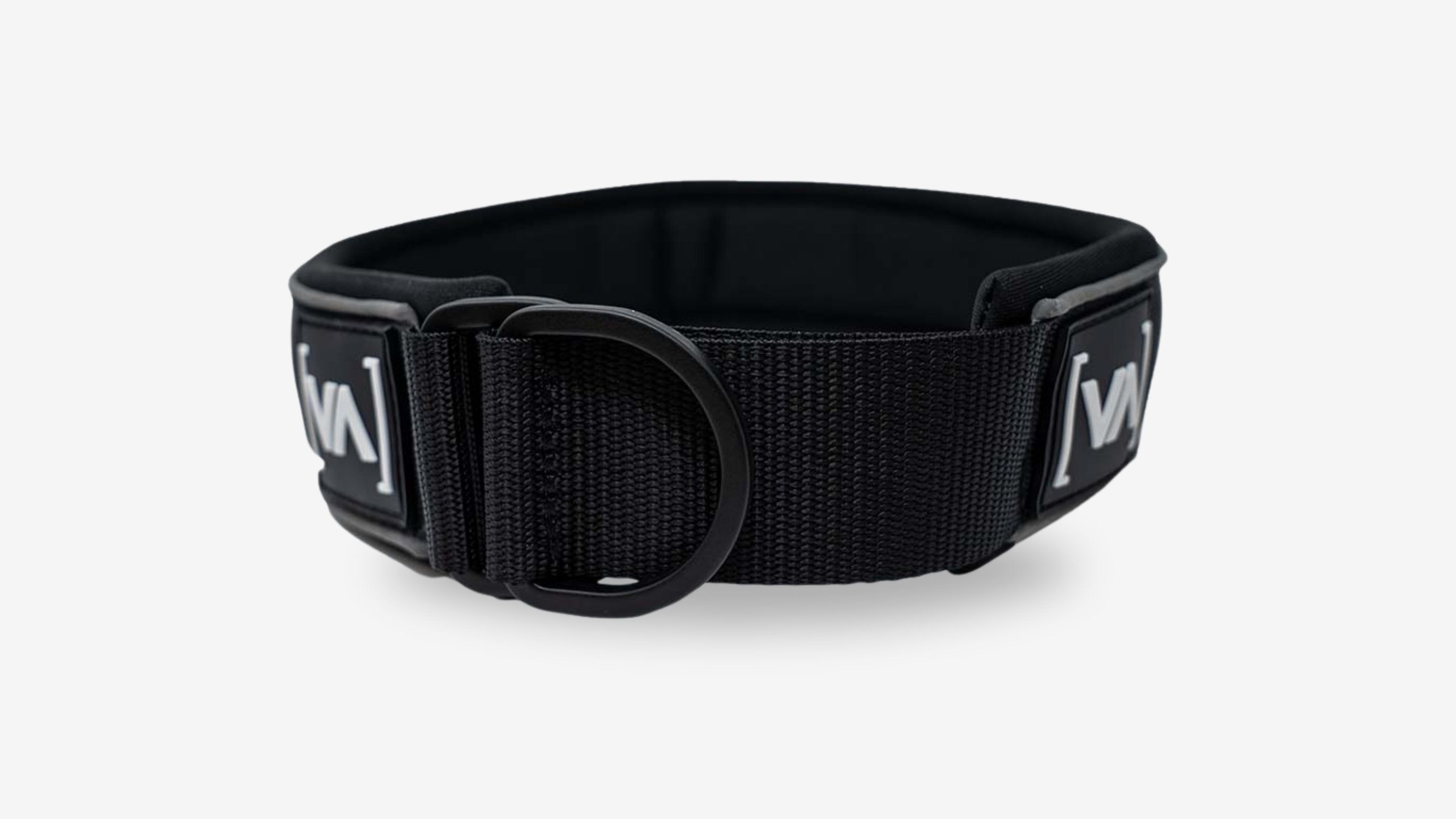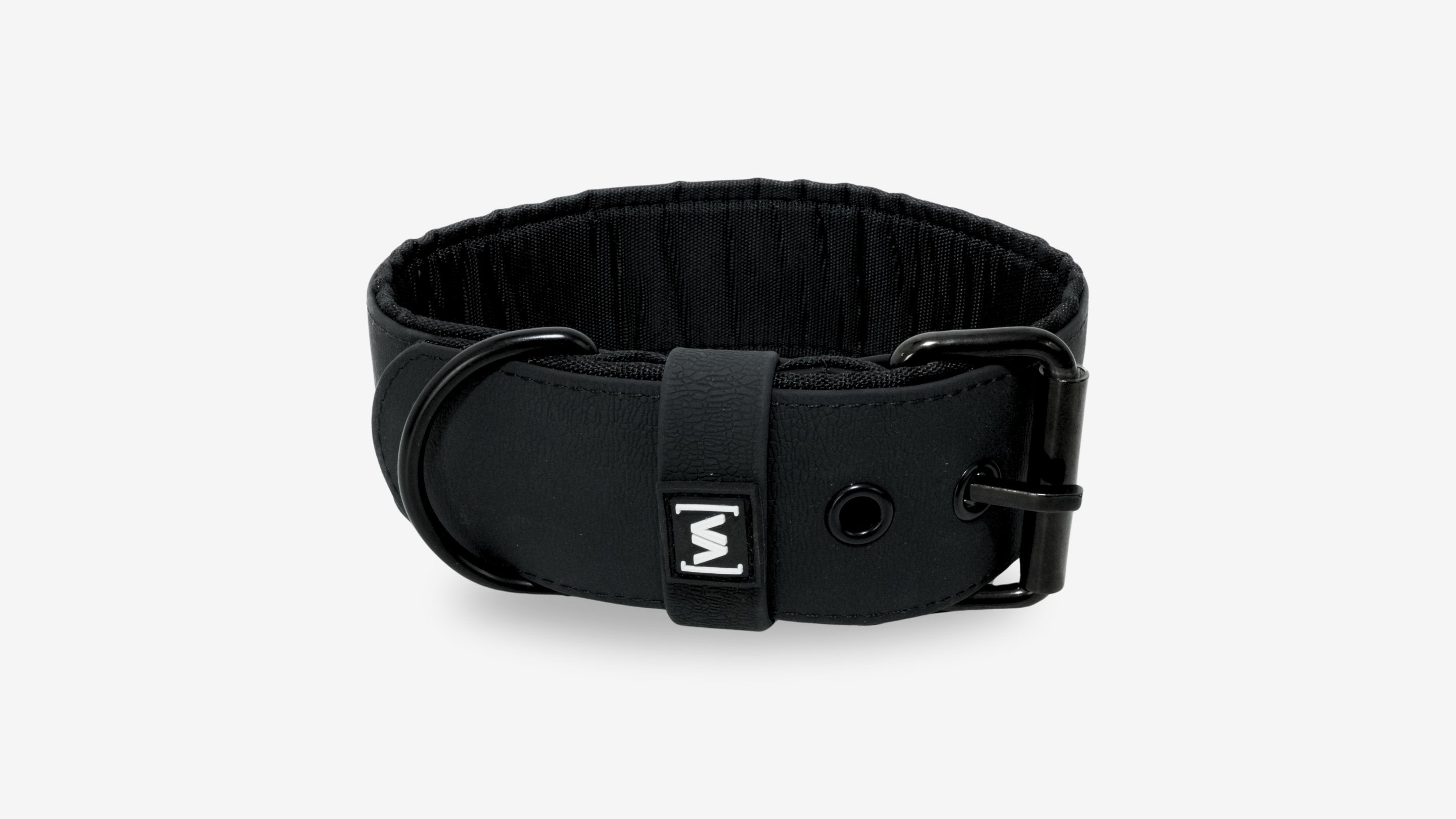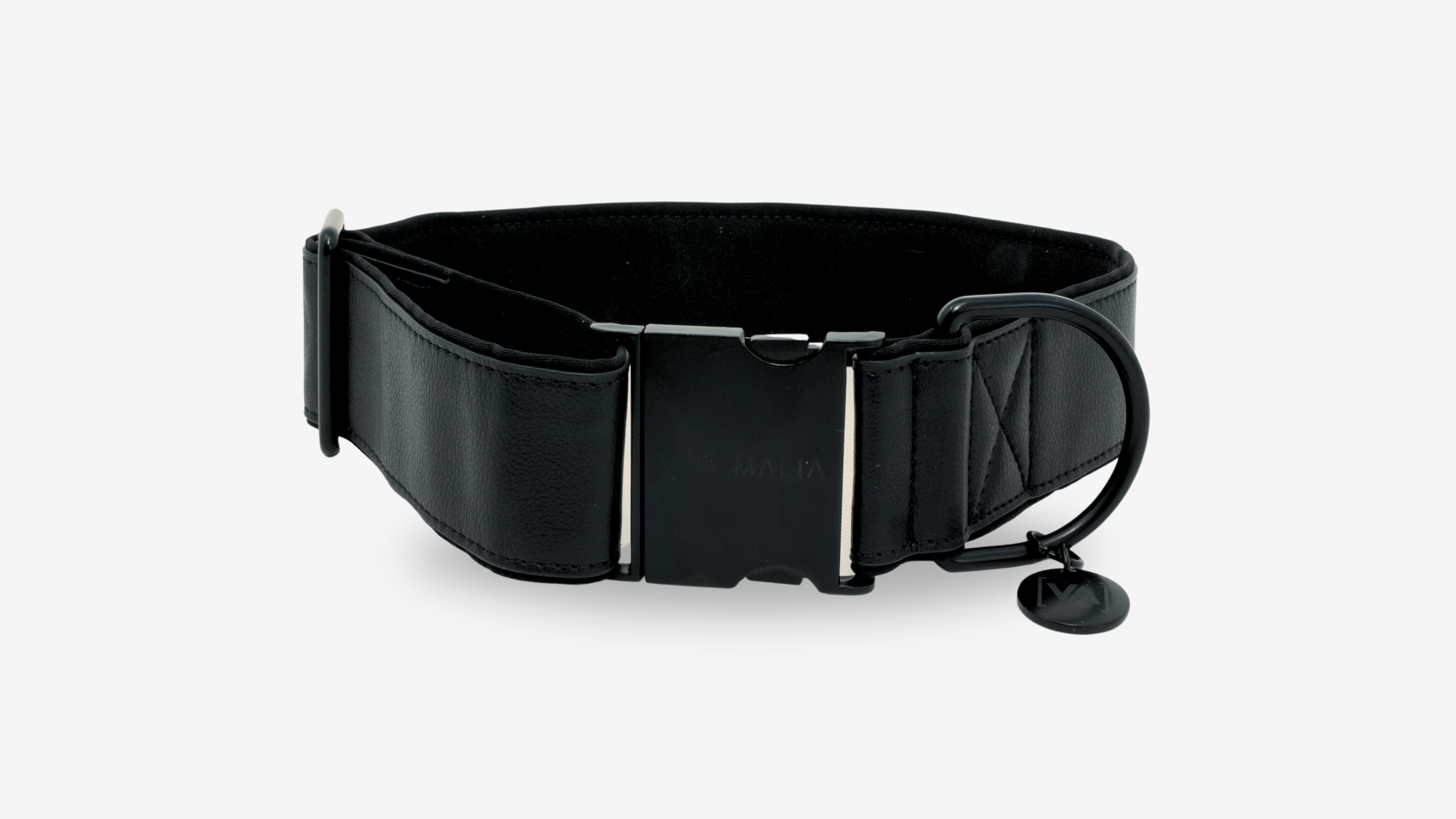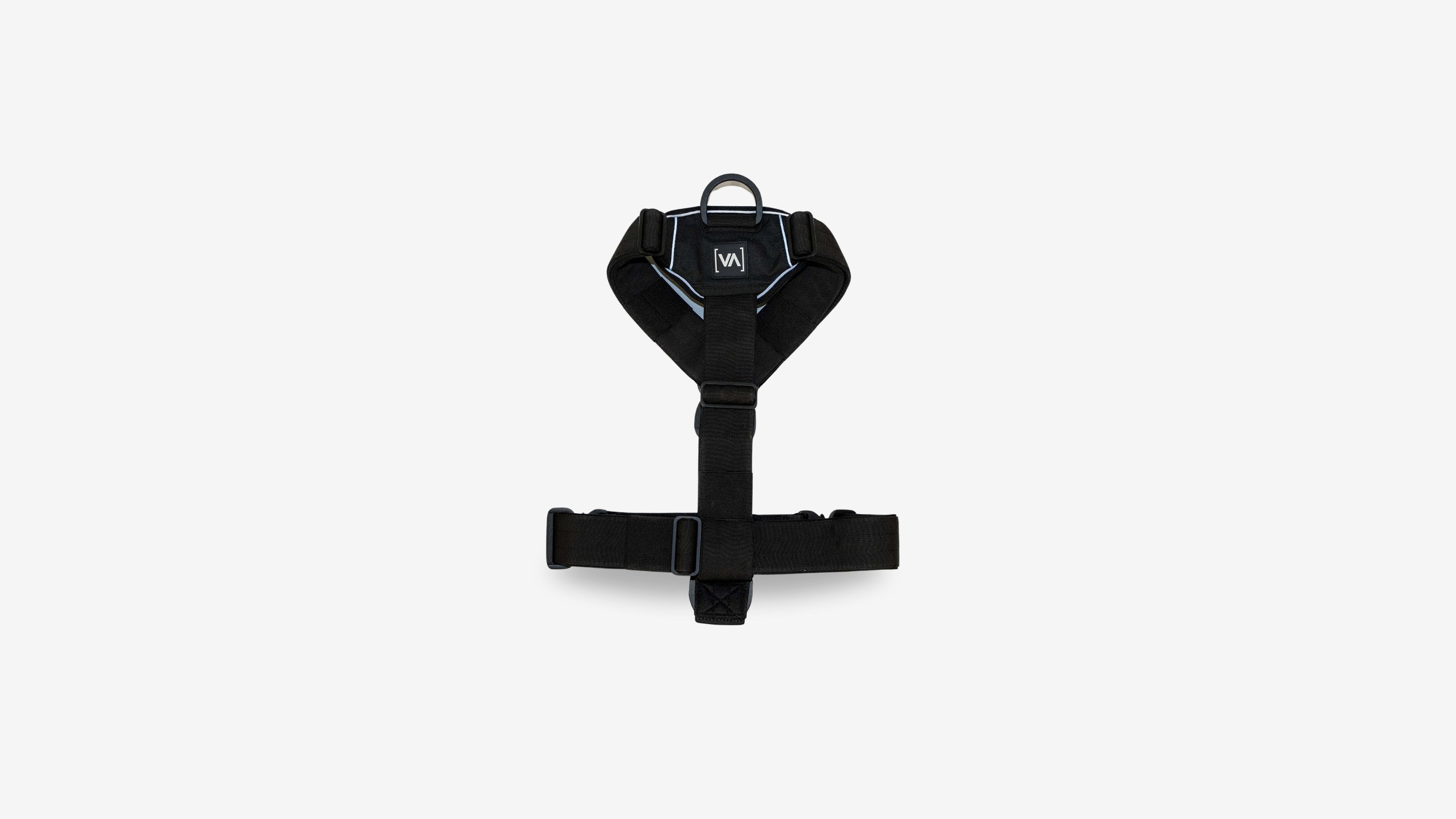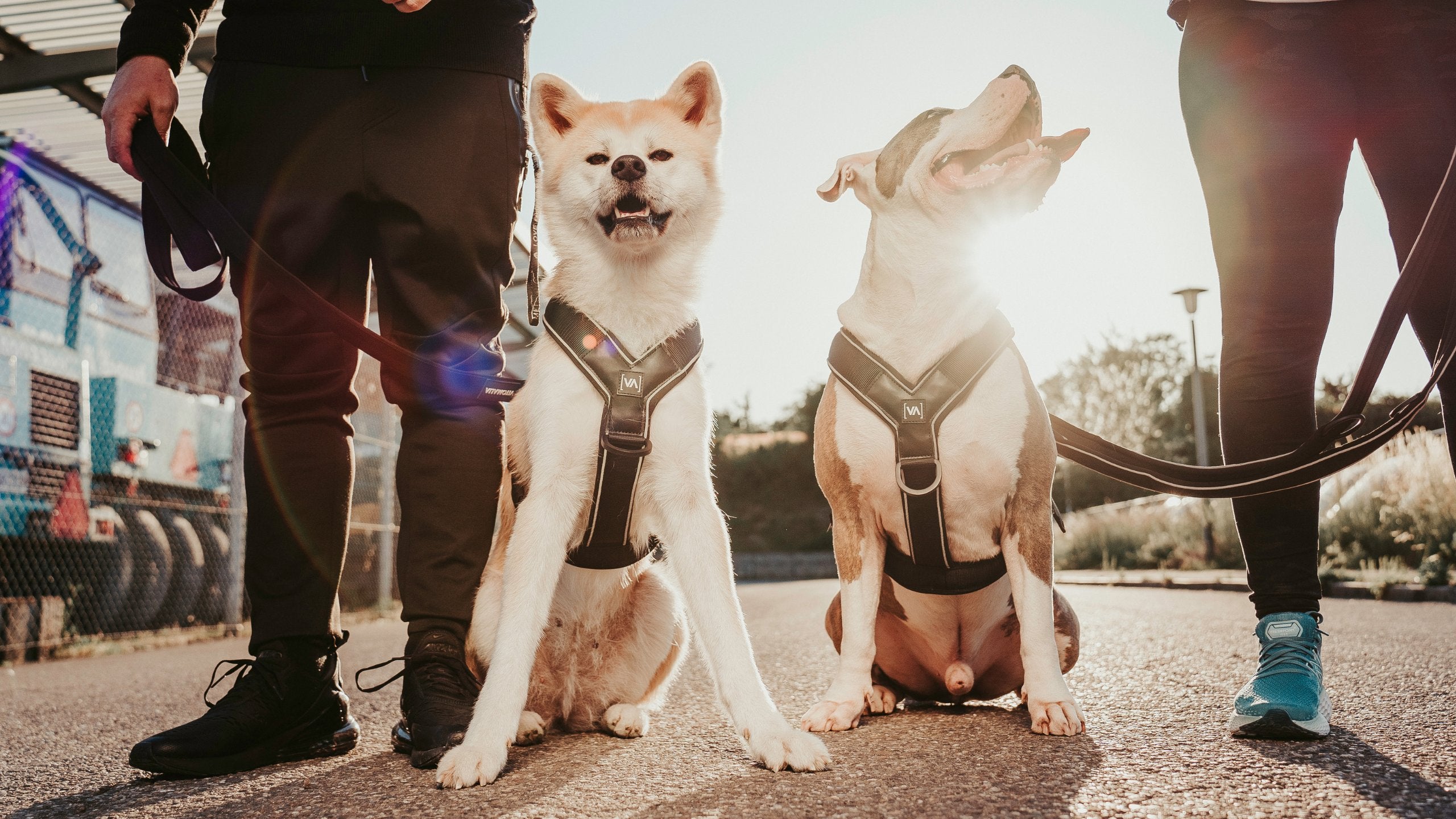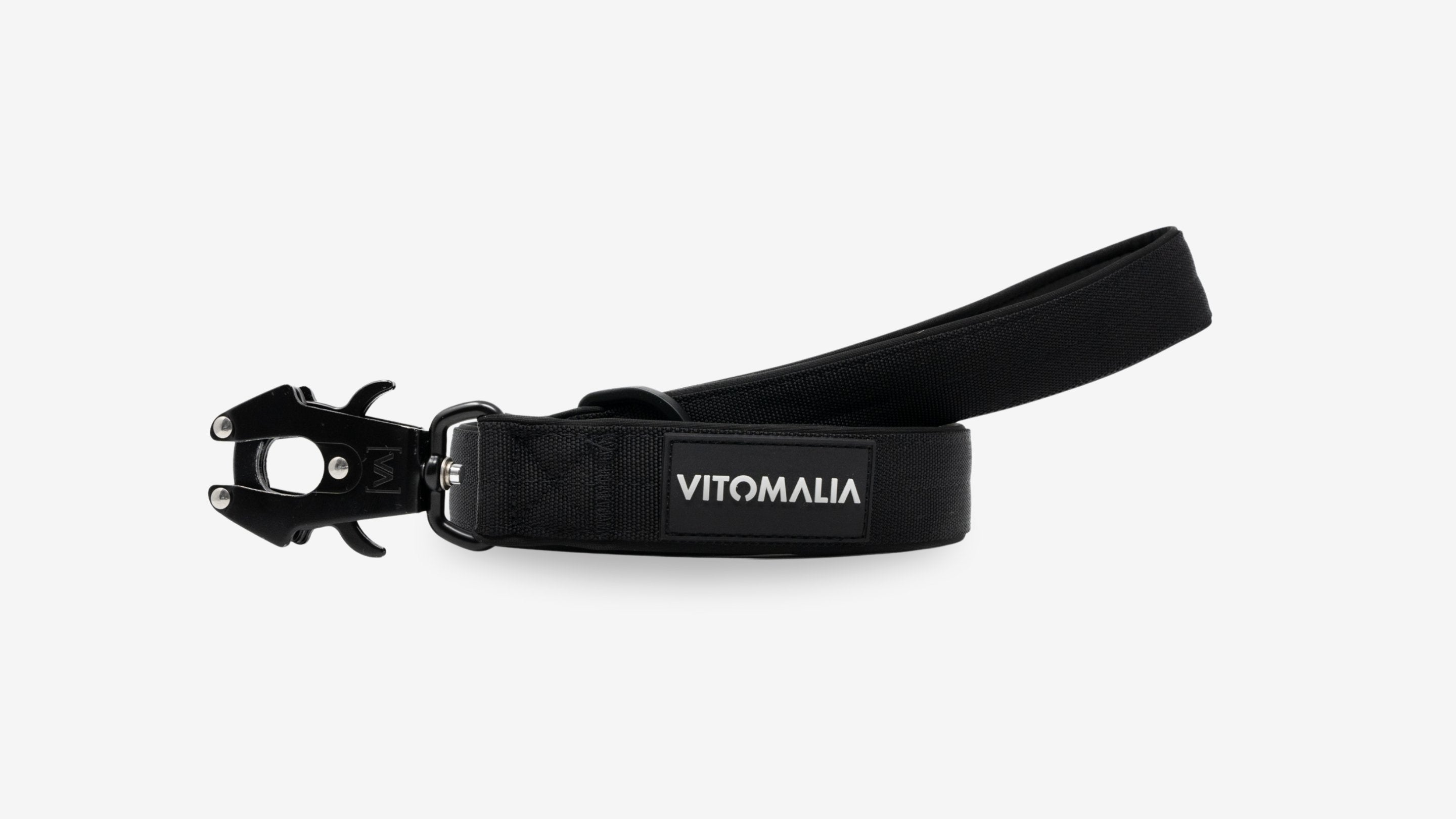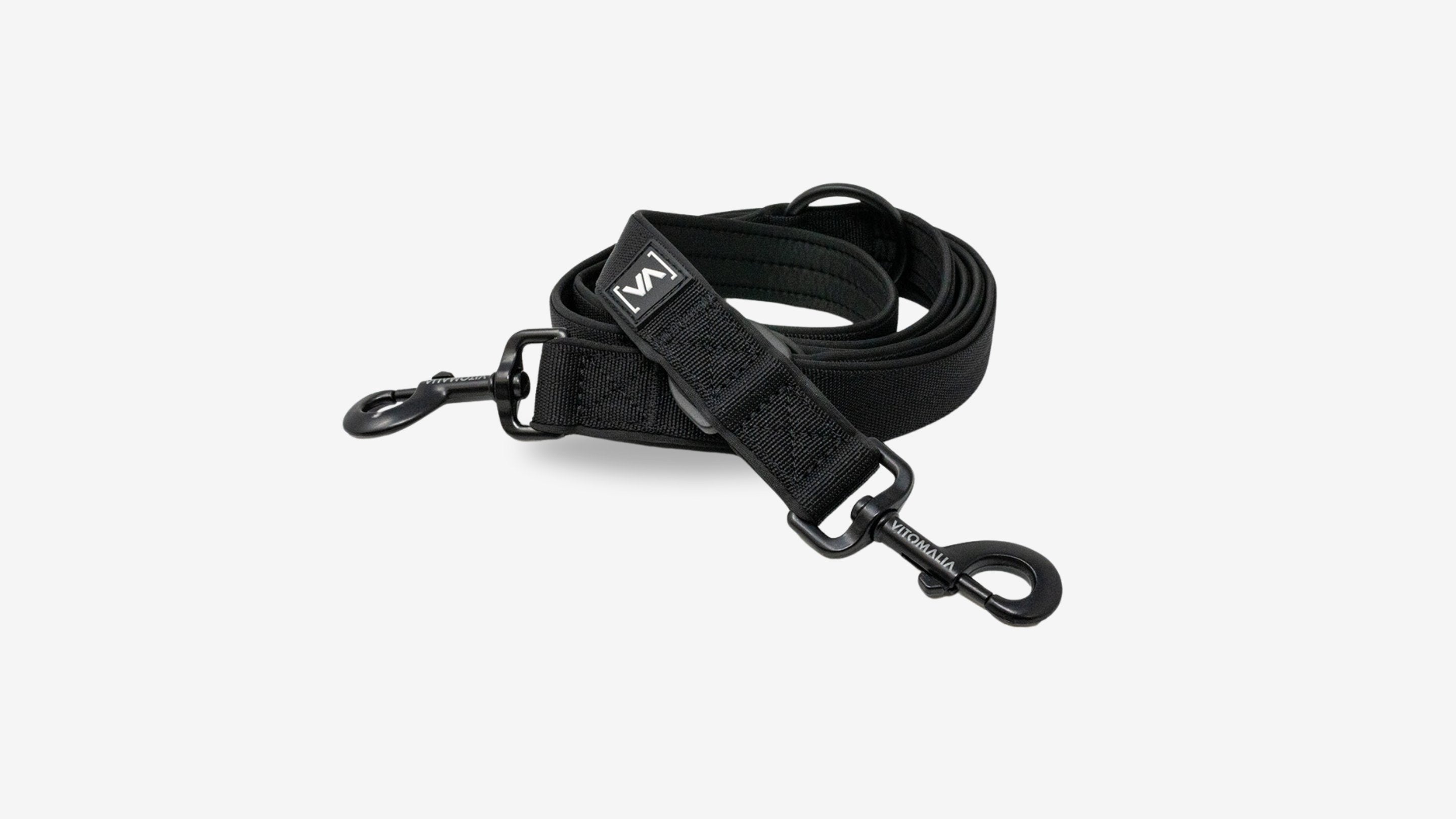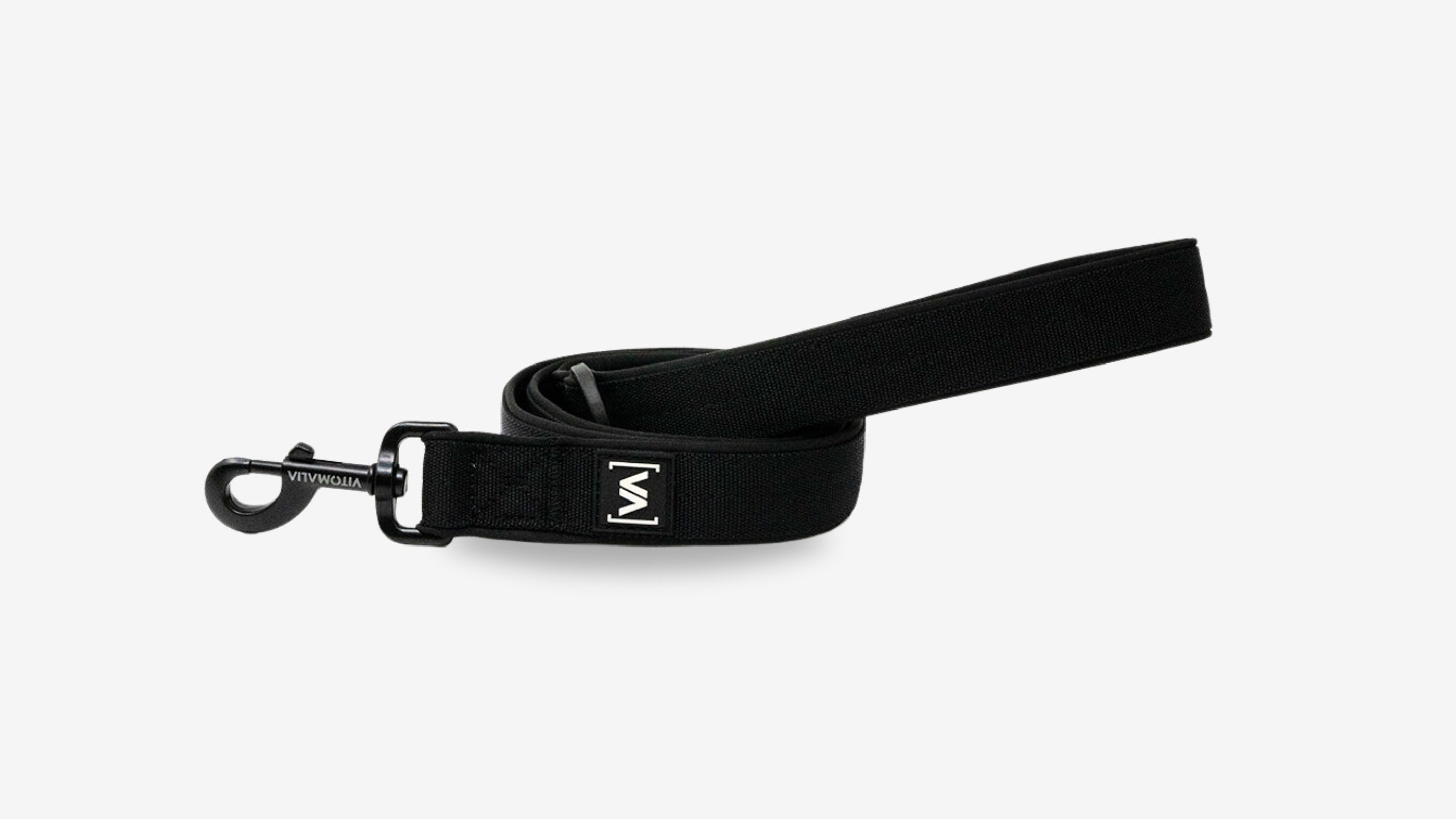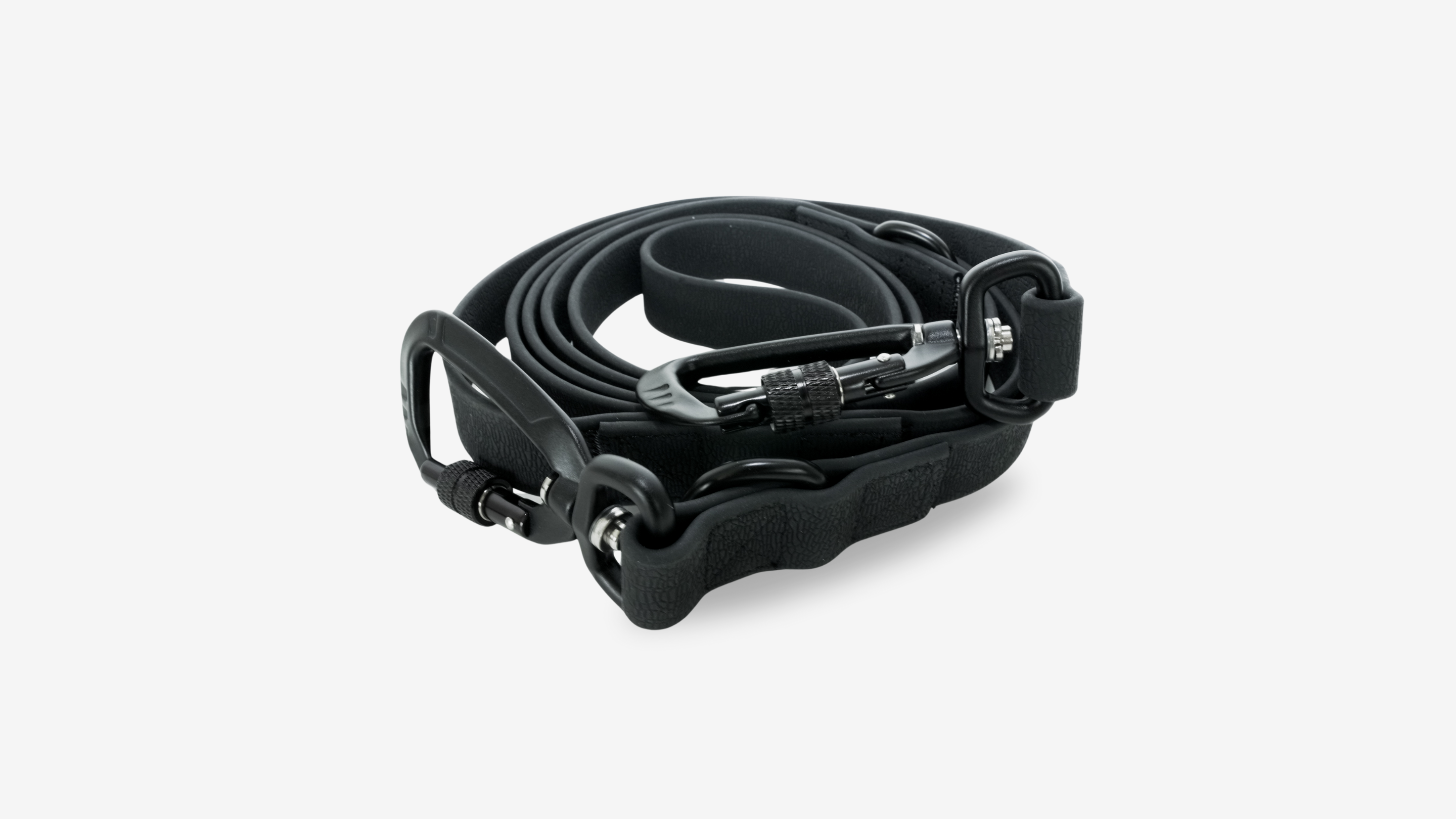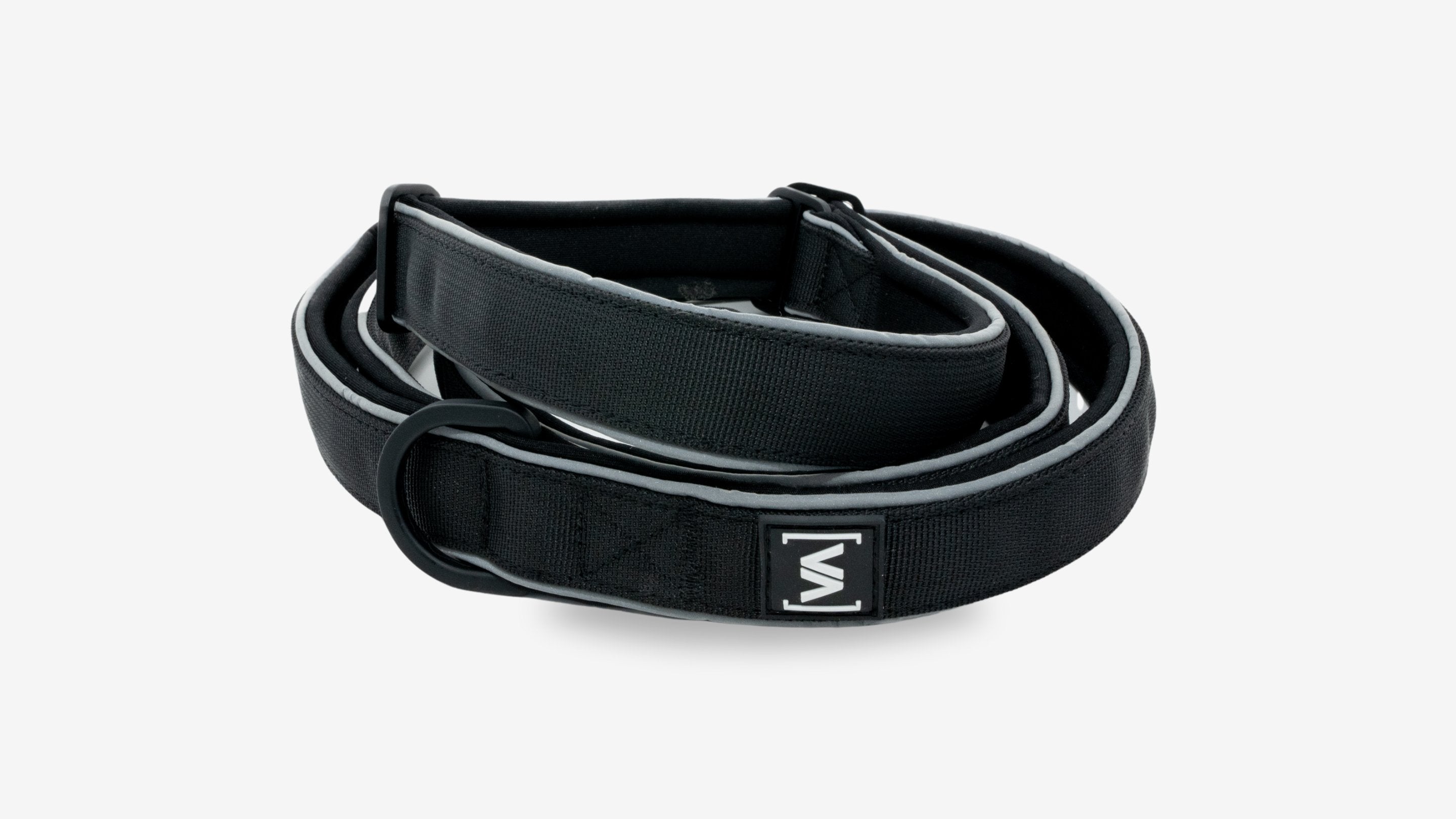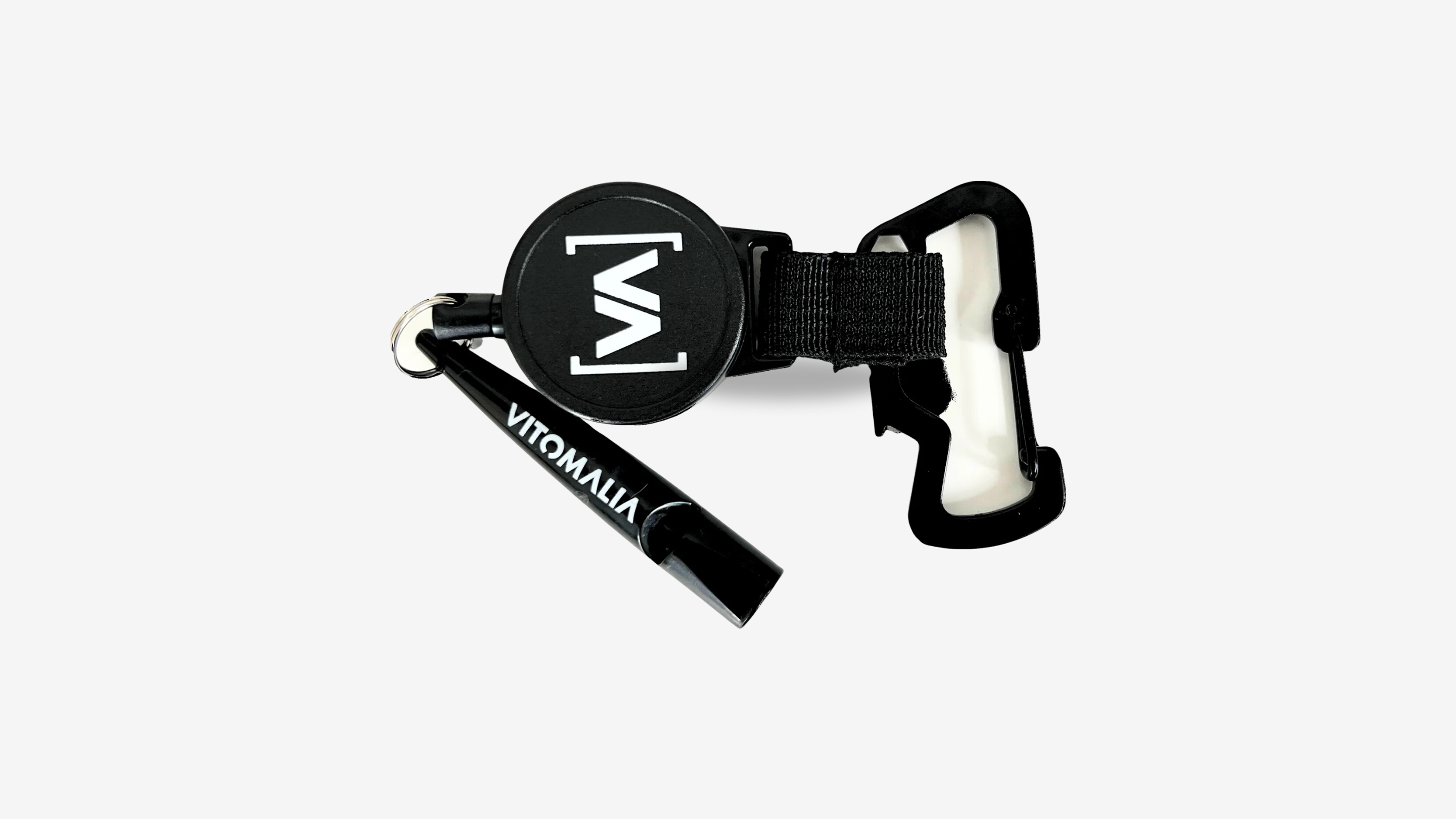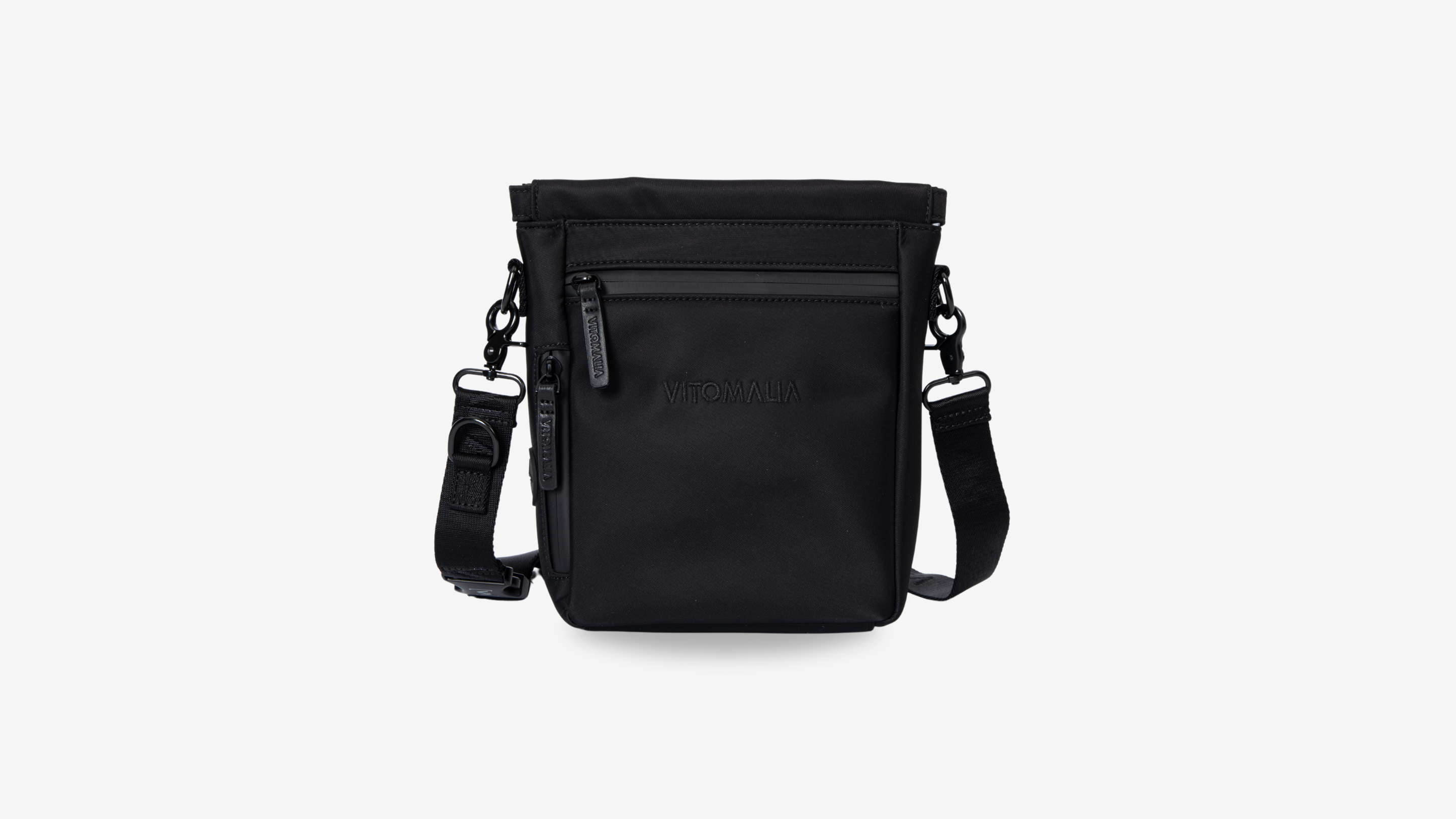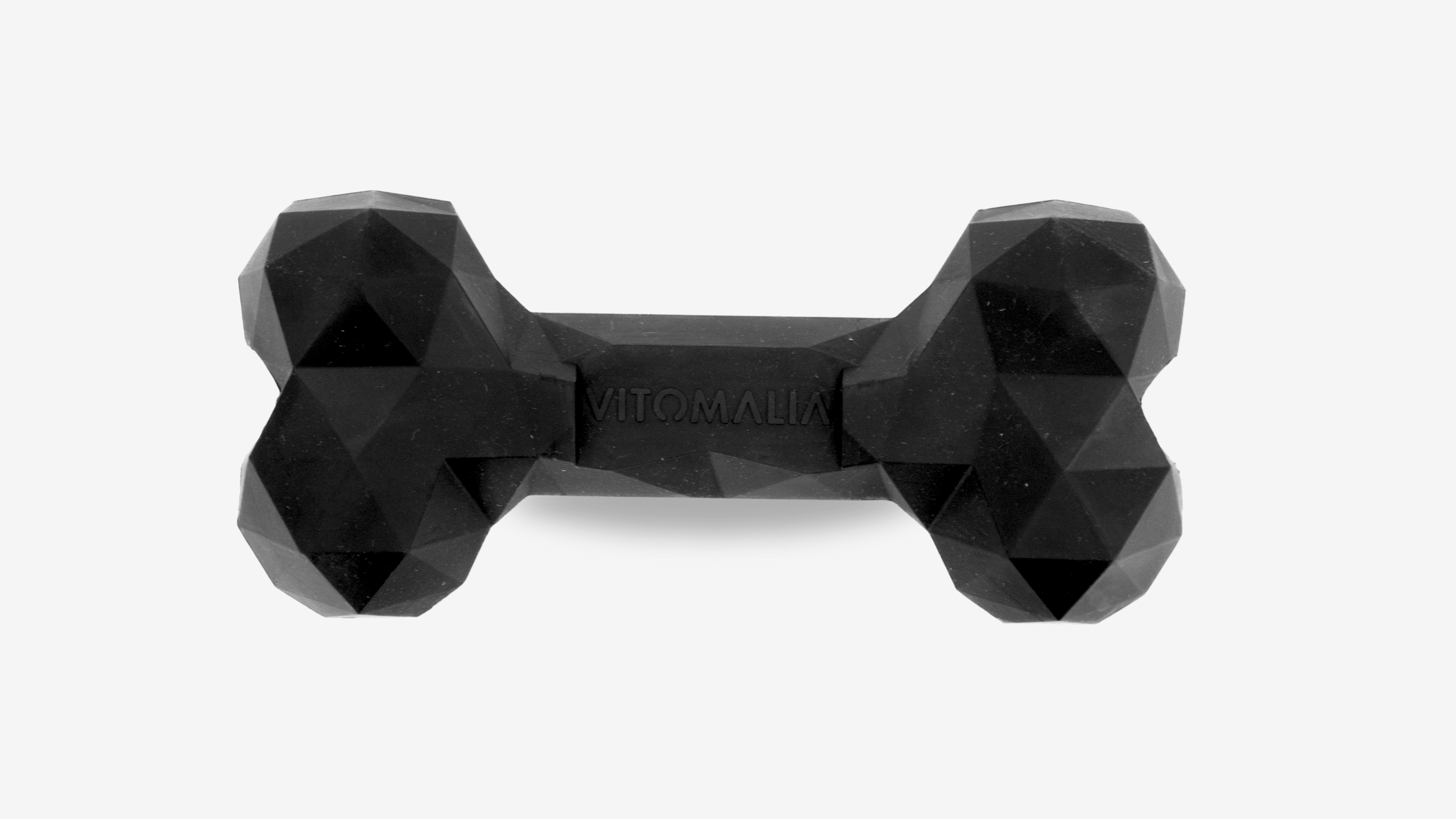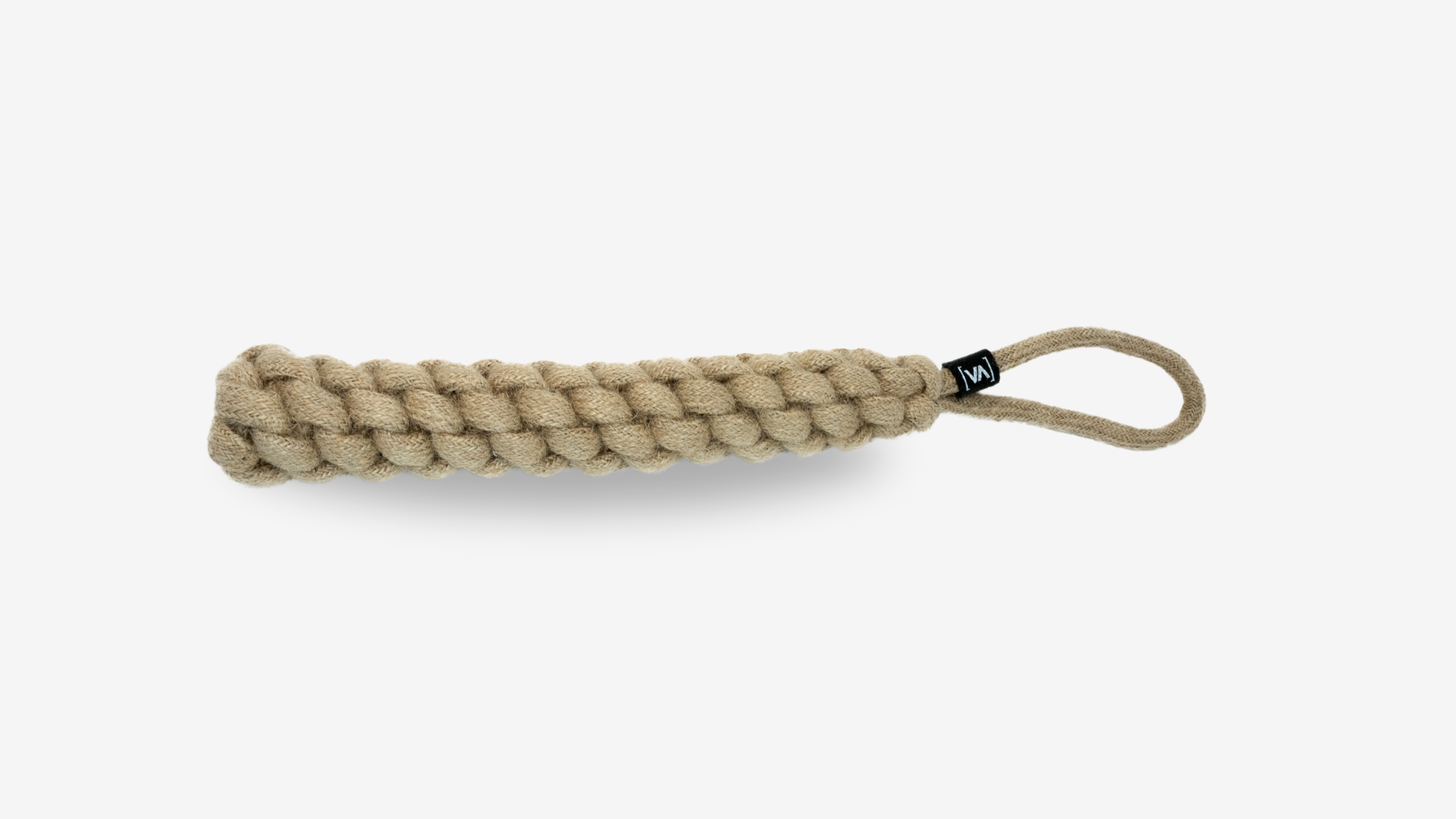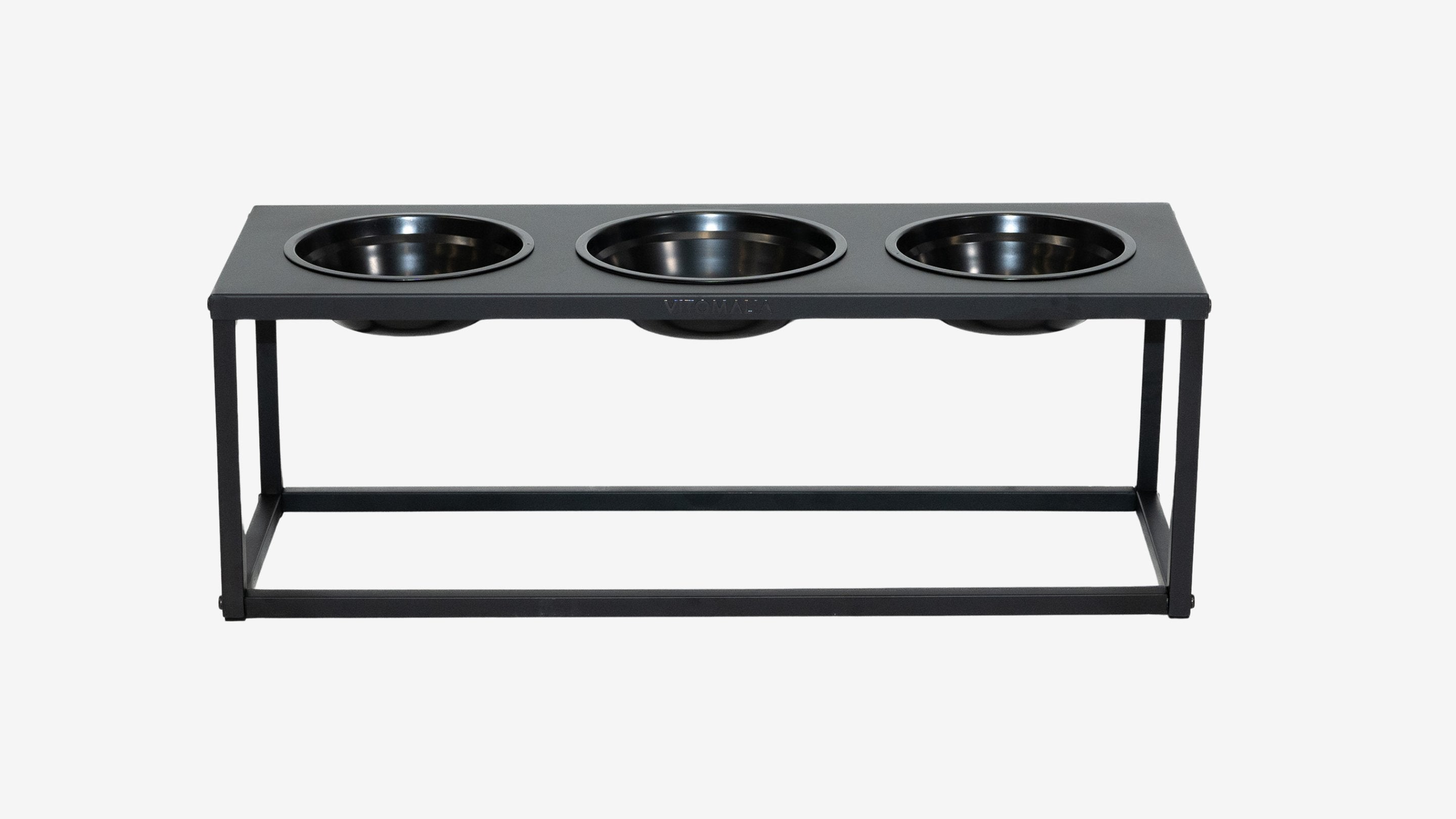Accelerate coat change in dogs
Why do dogs lose their fur?
Dogs shed their fur twice a year. The dog loses fur in the months when temperatures change. But the dog doesn't mind the temperatures, otherwise many domestic dogs wouldn't need to change their fur. The change of fur depends on daylight and is controlled by hormones. Has been found mainly in spring and autumn. The fur adapts to the coming season, to the lighting conditions and to the temperatures. The dog loses the most fur in spring, because the thick fur with the undercoat is no longer needed in spring and summer. From now on, the fur must protect the skin from UV rays and heat. In autumn, however, the fur becomes denser, usually darker and some dogs grow a dense undercoat. We can clearly see that our two dogs develop significantly lighter fur in the summer and a small amount of fluff - a fine undercoat - in the winter. In addition to the normal shedding twice a year, dogs continue to lose fur throughout the year. The shedding depends on your dog's health and his hormonal balance. Neutered dogs have a changed hormonal balance and therefore shed more all year round.
By the way: If you would like to receive tips and tricks for a clean dog household and natural and homemade cleaning products, take a look at our blog clean dog household an.
Shedding durationRegular shedding in dogs, which takes place twice a year, lasts between 4 and 8 weeks. During this time the dog loses a lot of fur. There are breeds, such as the Yorkshire Terrier or the Poodle, that barely shed, if at all. They are considered particularly allergy-friendly, but need to be sheared or trimmed. Hairless dogs like the Mexican Hairless Dog have no fur to shed. Their skin has no protection and they need extra care and protection. During puberty, increased shedding can occur due to hormonal changes. Male dogs are generally affected more often than female dogs. Neutered dogs sometimes shed all year round. Before a heat, the bitch may also shed more fur. All of these coat changes are hormonally related. If the dog loses a lot of fur outside of shedding, there may be other reasons. If your dog temporarily loses a lot of fur, this could be due to current stress, for example. A visit to the vet, a move or a vacation can cause your dog to lose a lot of fur. In this case, you should reduce your dog's stress as much as possible. We already have important information on the topic Quiet and rest exercises for within and Outside compiled for you. A good indicator of a healthy dog is its coat. If the fur is dull, dull, oily or bald, there may be health reasons. Some dogs even smell unpleasant or scratch themselves frequently. Possible causes include skin fungus, allergies or metabolic and organ diseases (e.g. thyroid diseases). If your dog is losing fur and his fur is dull, you can seek advice from a veterinarian. |
 |
Accelerate coat change in dogs
The coat is a mirror of your dog's health. For a short time when changing fur, the fur may become a little flaky or dull. The body does a lot of work. If your dog loses a lot of fur all year round, or if his coat is dull and dull, poor nutrition may be the reason for this. You can't really speed up the coat change, but you can support your dog's coat change by adjusting the food and additives. This ensures a firm fur structure and a better process of shedding. The shedding begins earlier than we notice, not just when the hair falls out. Taking precautions is important because remember that foods and supplements only take some time to take effect and need time to be absorbed by the body. Start with a treatment as soon as the first signs of fur change appear or use the tips in the long term to ensure your dog's coat is healthy.
Fur consists predominantly of keratin, i.e. protein. As soon as your dog loses a lot of fur, you can speed up the shedding process with high-quality protein. Provide your dog with high-quality food, oils, supplements and care to best support the coat change. AIt is also good to strengthen the immune system because the body actually performs extremely well when changing fur. Trace elements such as zinc and copper also support your dog in changing coats.
Food when changing furDogs get their most important nutrients from their food. When shedding her coat, the dog needs more nutrients than usual. A protein-rich food with vitamin B, zinc and biotin helps your dog shed her coat. A very special mineral that supports the dog when shedding her coat is zinc. Zinc is involved in the formation of Keratin involved, the most important component of fur and hair. In addition, zinc promotes the formation of collagen, which gives the coat strength and accelerates shedding. Some feed manufacturers offer feed with increased zinc content, which is obtained from red meat, special grains, fish, poultry and dairy products. @PetsDeli The Limited Edition food offers the nutrients that your dog needs for the coming season. |
 |
 |
Oils for healthy furOils do not appear to be present in BARF food. Every dog person who barfs their dog uses oil. If you feed your dog wet or dry food, you can add oil to the food while your dog is shedding fur. Some oils are particularly suitable. They contain essential fatty acids such as Omega-3 and Omega-6 and vitamins that support your dog in shedding. At the same time, your dog needs oils in order to be able to absorb fat-soluble vitamins (A, D, E, K) in the body. Not all oil is the same. The quality sometimes varies greatly and is reflected in the price. You should preferably use cold-pressed oils, as hot pressing destroys the fatty acids. Some cheap oils are even contaminated with pollutants. We differentiate between fish oils and vegetable oils. Fish oils such as salmon oil contain high levels of omega-3 fatty acids. When it comes to vegetable oils, hemp seed oil and linseed oil are the best because their omega-3 to omega-6 fatty acid ratio is optimal. We still recommend that you alternate the oils again and again.
|
linseed oil |
Hemp seed oil |
salmon oil |
| linseed oil has the highest proportion of unsaturated omega-3 fatty acids of all oils. Linseed oil is also rich in protein and selenium - both of which are beneficial for healthy and shiny fur. In addition, linseed oil contains vitamin E, which moisturizes the fur. This is highly recommended for flaky and itchy dog skin. Linseed oil therefore supports your dog's immune system and the natural shine of the dog's coat when it changes coat. Otherwise, linseed oil protects the cardiovascular system and is said to have a pain-relieving effect. Unfortunately, linseed oil has a short shelf life and should ideally be kept in the refrigerator and fed quickly. |
Hemp seed oil contains essential omega-3 fatty acids and omega-6 fatty acids, which the dog's body cannot produce itself (not even the human body). The linoleic acid it contains can only be found in very few foods. If the dog is shedding, hemp oil helps with skin problems such as dull fur, dandruff, dry skin or itching. Linoleic acid is used in many human cosmetics as an aid for skin and hair. If your dog loses fur, a high proportion of beta-carotene, vitamin E, vitamin B1 and B2 and minerals such as potassium, magnesium, calcium, iron or copper can accelerate fur change.
|
salmon oil Like the other oils, it also contains omega-3 fatty acids and omega-6 fatty acids. The special effect of salmon is due to the omega-3 fatty acids EPA (eicosapentaenoic acid) and DHA (docosahexaenoic acid). EPA and DHA are long-chain fatty acids that have anti-inflammatory properties. This supports your dog's immune system. This promotes metabolism (good for metabolic disorders and allergies), prevents your dog from losing a lot of fur and supports strong bone structure. Salmon is also one of the few foods with a high proportion of vitamin D. |
| 🥄 1 tablespoon of linseed oil per 10 kg | 🥄 1 tablespoon of linseed oil per 10 kg | 🥄 1 tablespoon of linseed oil per 10 kg |
Supplements when changing fur
In addition to food and oils, you can help your dog change coat with supplements. Supplements are dietary supplements. You can mix these into the food in paste form or powder form (e.g. herbs) to support shedding. Some supplements are also fed as tablets.
brewer's yeastBrewer's yeast is a waste product that is created during beer production and consists of single-celled yeast fungi. It is a purely natural product whose effects have been used by humans for a long time. You can buy them as tablets or powder. Brewer's yeast is now being used more and more in dogs because it contains amino acids, B vitamins, antioxidants and minerals. The important minerals that accelerate coat change in dogs are zinc and selenium. Zinc strengthens the fur and selenium strengthens the fur at the roots. Brewer's yeast not only helps when your dog loses fur, but also with loss of appetite and ticks. Ticks avoid the smell of brewer's yeast and this protects your dog from annoying parasites. The fiber in brewer's yeast supports your dog's healthy intestinal flora and helps with gastrointestinal problems.
Vitamin BoosterVitamins speed up coat change in dogs because they provide the body with what it needs. Supplements, i.e. dietary supplements as a type of subsequent vitamin boost, are particularly suitable for dogs when they change fur in autumn. Vitamin Booster is available as powder or paste. |
|
Regular brushing
You can help your dog change fur by brushing the coat regularly. By brushing repeatedly, your dog will lose less fur and you will speed up the shedding process. The sebaceous glands are massaged and your dog suffers less from itching. It will also be good for your relationship if you make brushing a positive experience. Many dogs really like brushing. Which brush is suitable for your dog when changing fur? First of all, you need to determine your dog's coat structure.
We recommend that you seek good advice from a dog salon if you have high-maintenance dog breeds. This way you can provide the best possible care and care for your dog.
Shorthair
- 1-2 cm only
- with undercoat or without undercoat
- z.B. Labrador, Pinscher, Dobermann, American Staffordshire Terrier, Boxer, etc.
- Suitable: rubber brush, massage brush, wild boar bristle curry comb
- unsuitable: metal brush
- How often: 2-3 times per week
Longhair
- 7-20cm only
- thick fur
- z.B. Cocker Spaniel, Border Collie, Golden Retriever, Afghanischer Windhund
- Suitable: fur comb, brushes with rounded nubs, detangler, trimmer
- unsuitable: rubber brush, metal brush
- How often: daily, breeds without shedding (e.g. Yorkshire Terrier) need to be cut
Calm down
- medium-long, rough and firm fur
- often very dense undercoat that does not fall out on its own
- dead fur must be plucked
- e.g. Parson Jack Russel Terrier, Wire-haired Dachshund, Schnauzer, German Wirehaired Pointer, etc.
- suitable: slicker brush
- unsuitable: rubber brush
- How often: Care is individual, please seek advice
Well hair
- langes Fell
- slight to strong curl
- If there is strong curling, sometimes no undercoat (e.g. poodle)
- z. B. Pudel, Gold, Lagotto Romagnolo, etc.
- Suitable: fur comb, slicker brush, clipper
- unsuitable: rubber brushes, curry combs, sharp-edged metal brushes
- How often: 2-3 times a week, shear regularly, depending on fur growth
